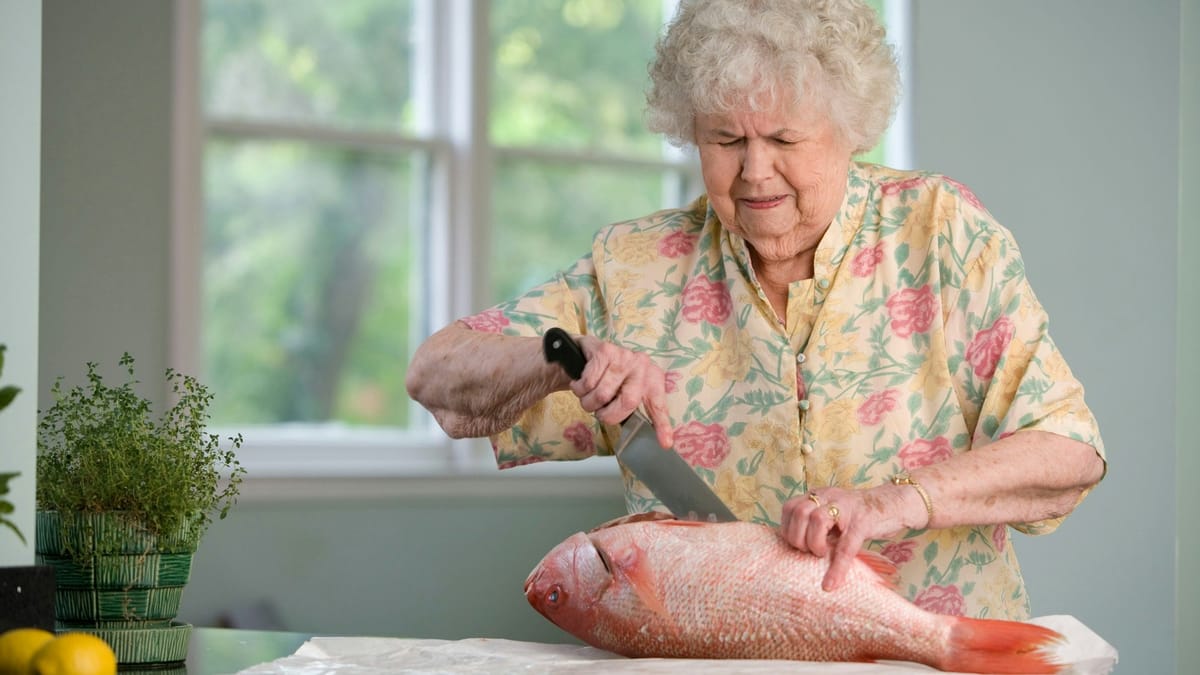What does Aging in Place Mean?

Aging in place is a term used to describe the process of older adults living independently in their own homes, with or without the help of family or additional support. With the right planning and the right resources, aging in place allows seniors to stay in their homes while also staying safe and comfortable.
Aging in place can be beneficial for seniors and their families in several ways. In addition to maintaining autonomy and independence, aging in place often enhances quality of life and provides a sense of security. It can also be less expensive than other senior living options, and it allows seniors to remain in familiar surroundings and eliminates the need to move.
For these reasons, aging in place is an increasingly popular choice for older adults. It’s important for seniors to plan ahead if they want to age in place, since there are many things to consider when creating an aging in place plan.
The next section of this guide will discuss the steps and processes for aging in place, including creating a support system, accessing services, making lifestyle changes, and home modifications that may be necessary.
What's Involved in Aging in Place?
Aging in place is a popular choice for many seniors, but it does involve a lot of planning and preparation. When considering aging in place, seniors must create a support system, consider access to services, think about legal issues, make necessary lifestyle changes, and maximize the home’s safety and comfort.
Creating a support system is an important part of aging in place. This includes having an open and honest conversation with family members about the senior’s needs and possible plans for care. Other possibilities are recruiting outside help, such as hiring home care workers or utilizing assistance from a local senior center.
Access to services is also critical for aging in place. Some services that should be considered include home health care, meals-on-wheels, and help with activities of daily living, such as errands, transportation, and household tasks. Other services may be available through local organizations, religious institutions, or community centers. It is important to research all options and explore available resources.
Additionally, there are legal considerations to take into account for aging in place. Power of Attorney documents or advanced directives may need to be drafted in order to ensure decisions can be made in the event that a senior becomes incapacitated. Long-term care insurance policies, life insurance policies, retirement funds, and other financial concerns should also be discussed with a financial adviser.
Making lifestyle changes is a key factor when it comes to aging in place. Proper nutrition and physical activity are essential in maintaining a good quality of life. Seniors should also find ways to stay mentally engaged and continue being socially active. This could involve taking classes, joining clubs, or volunteering.
Lastly, seniors should consider home modifications that will help them age in place. This could include adding wheelchair ramps, railings, and other features that will improve safety and comfort. Additionally, seniors may want to consider automatic lighting, motion-activated doorbells, and other technology that will make their lives easier.
Accessing Support Services
As seniors age, they may require extra assistance with everyday activities. Most seniors want to stay in their homes as long as possible, and one way to do that is through accessing support services in the community.
The good news is there are plenty of resources available to those aging in place that can provide support services for seniors, such as caregiving services, meals-on-wheels, and assistance with activities of daily living. All of these services can help seniors remain independent and safe in their own home.
Caregiving services can provide assistance with bathing, dressing, medication reminders, cooking, light housekeeping, and more. In some cases, these services may be provided by an experienced home health aide or through a homecare agency. Depending on the level of need, there are also specialized agencies that provide 24-hour care.
Meals-on-wheels can provide seniors with hot meals delivered directly to their home. This service can be beneficial for those who are unable to cook due to limited mobility, lack of knowledge or access to healthy ingredients.
For many seniors, assistance with activities of daily living (ADL’s) is essential. ADL’s include basic self-care tasks such as dressing, eating, using the toilet, transferring from bed to chair, and hygiene. Professional teams can be contracted to provide assistance with these tasks while keeping the senior safe and secure in their home.
These resources can provide vital assistance and peace of mind when it comes to allowing seniors to age in place successfully.
Financial Considerations
When it comes to aging in place, one of the biggest concerns is how to financially manage the cost of care. Medicare, Medicaid, long-term care insurance, life insurance policies and retirement funds are all options that can help offset the cost of aging in place.
Medicare and Medicaid
Medicare is a health insurance program run by the federal government for people 65 and older and those with certain disabilities. It helps cover some medical costs associated with aging in place. Medicaid is a need-based public health insurance program that helps pay for healthcare services for seniors.
Long-Term Care Insurance
Long-term care insurance is a type of insurance designed to provide financial assistance for those who need care for an extended period of time due to age or disability. This can help offset costs associated with aging in place.
Life Insurance Policies
Life insurance policies can also play a role in helping to pay for long-term care costs. Depending on the type of life insurance policy, some plans may allow policyholders to access funds to pay for in-home care or other expenses related to aging in place.
Retirement Funds
Retirement funds, such as 401(k)s and IRAs, can also be used to help cover costs associated with aging in place. These funds may be able to be withdrawn and used to pay for home modifications, services, and other care related costs.
It is important to consider the costs associated with aging in place when making the decision whether or not to pursue it. Researching the different types of insurance and financial options available can help seniors determine their best option for covering these costs.
Home Modifications
Aging in place often involves making home modifications to ensure safety and comfort. For many seniors, adapting their living space to their needs might be the most important part of aging in place. Home modifications can range from small changes such as installing grab bars or adding a ramp, to larger renovations such as widening doorways, adding ramps, and modifying bathrooms for wheelchair access. It’s important for seniors to consider the types of safety features that are needed to make aging in place both comfortable and safe.
When it comes to making home modifications, there are numerous options available. Renovations that involve structural changes should be done by a licensed contractor to ensure they are done correctly. Other modifications such as installing smoke detectors, handrails, and security systems can be done with the help of a trusted friend or family member.
To make the process of aging in place easier, it is helpful to create a checklist of all the modifications that need to be made. This includes assessing the home’s lighting, heating, cooling, and ventilation systems, checking for potential fire and safety hazards, and making sure the home is accessible for family and visitors. It is also important to keep in mind any financial considerations when making home modifications. Many times, government programs, such as the Low-Income Home Energy Assistance Program (LIHEAP) can provide financial assistance for home improvements.
By taking these steps into account, seniors can make the necessary home modifications to safely and comfortably age in place.
Staying in Touch & Socialization
Staying connected to family and friends and maintaining socialization plays an important role in aging in place. Technology can provide seniors with a way to stay connected and interact with those far away virtually. There are many options such as video chat, email, texting, and social media. For seniors who struggle with technology there are also services that offer assistance with the setup and use of these tools.
For seniors wanting to participate in activities in-person, community centers, senior centers, churches, and other organizations offer programs and activities for seniors. Volunteering or joining a senior group is another great way to stay connected with others and build meaningful relationships.
It is important that seniors ensure their own well-being in addition to participating in regular social activities. Eating healthy meals, exercising, and getting enough rest are all important and beneficial for seniors. Proper care should be taken to ensure the well-being of each individual while aging in place.
Aging in place is becoming increasingly popular among seniors, as it allows them to continue living in the comfort and familiarity of their own home. This guide has covered the primary steps for successfully aging in place, including creating a support system, accessing services, making lifestyle changes, home modifications, finding financial assistance, and staying in touch and socially active. With the proper planning and support, aging in place can be a viable and rewarding option for seniors. It provides independence, comfort, and peace of mind, all of which are essential components of a successful retirement.
You might also like this article:





